This year, many seminars and discussions took place in many places, and public opinion also heated up in the newspapers about a new form of concentrated commercial zone being proposed. This type of concentrated commercial zone is called "Free Trade Zone". Localities with large international airports or deep-water ports such as Hai Phong, Da Nang, Khanh Hoa, Ho Chi Minh City, etc. are even more interested in free trade zones as a "anticipatory" thinking for development.
Regarding the depth of free trade, I still think about products made in Vietnam, with Vietnamese brands, made by Vietnamese people, being admired, loved, and sought after in the international market. Free trade zones are just a link in the trade cycle between Vietnam and other countries, having an impact on making this cycle faster and more effective, but the more important factor is still which goods rotate on that cycle.

I remember a funny story that I witnessed right before the year 2000. At that time, the National Information Technology Program was considered a key point and the role of "technical director" was assigned to Professor Phan Dinh Dieu. Before 2000, there needed to be proposals for key projects to be implemented after 2000. Ministries, branches, and expert groups proposed many "large-scale" projects, including a very large project called "High-speed Information Highway", the rest were projects only about computer hardware and software equipment. Overall, Professor Dieu suggested that we are moving towards a modern "highway of information", but what will run on that highway has not been seen yet. This way of thinking shows that we are infatuated with the information pipeline, but how the information is made has not been seen yet. Thus, the largest project "Building a national database" was born.
Of course, the form of free trade zones associated with free trade agreements is important, but the creation of popular Vietnamese branded goods to be included in free trade plays a more important role.
The history of human development shows that trade is an economic activity that brings great benefits to each person and each country. Commercial service activities have created rich countries, as the ancients used to say "no trade, no wealth". The "Silk Road" from China to West Asia, formed from the beginning of the Christian era, has always been the image of international trade until now. More fiercely, most wars are only because of expanding the market by violence.
After World War II, the national liberation movement in the world ended the old colonialism. Japan, the country that wanted to redistribute the world, failed, but they came up with the idea of “new colonialism” with the slogan “wherever Japanese goods go, there goes Japan’s border”. Japan became the world’s third largest economic power just 20 years after its defeat.
Up to now, the form of market expansion through free trade agreements between two countries, between countries in a group of countries, between a country and a group of countries or between two groups of countries has been formed and popularized. The meaning of the term "free trade" is understood in the sense of tax exemption or tax reduction leading to tax exemption and gradually reducing to no longer limiting the quantity of imported and exported goods, still called quota.

In addition to agreements on trade regimes, countries also want to commit to political and social institutions that affect trade and commitments on factors that ensure social and environmental sustainability. Additional commitments of this type are called new-style free trade commitments.
We all know that Vietnam joined the World Trade Organization (WTO) in January 2007, marking Vietnam's comprehensive integration into the world economy. To date, Vietnam has signed 12 bilateral and multilateral free trade agreements, including two new-style free trade agreements among the world's top. The first is the EVFTA with 27 members of the European Union and the second is the Comprehensive and Progressive Agreement for Trans-Pacific Partnership (CPTPP) with 11 countries in Asia and the Pacific. Vietnam has a very large market with maximum preferential tariffs and quotas. The remaining problem is how Vietnam can make its economic competitiveness "on par" with its partners.
After the free trade agreements (FTA), participating countries must find ways to organize implementation in an international trade environment with many different agreements and many different commitments. The model of free trade zones (FTZ) is suitable to facilitate free trade with countries participating in the agreements. Other countries have quite a few free trade zones such as Batam, Bintang in Indonesia; Clark and Subic in the Philippines; Port Klang, Tanjung Pelepas in Malaysia. Small countries like Singapore also have 9 and large countries like China have up to 21 free trade zones, in the entire Hainan province is the largest free trade zone in the world.

From the experience of countries around the world, some requirements for free trade zones can be drawn as follows:
1. A reasonable legal framework is needed to create a legal corridor for the development of international trade with larger markets and more incentives, and also to control acts of taking advantage of trade fraud. On the other hand, the legal framework must be compatible with international practices on resolving trade disputes, conflicts of interest, etc.
2. The free trade zone is a link in a symbiotic ecosystem between the national agricultural, industrial and service economies linked to international trade through a convenient and cheap logistics service system, in which the symbiosis is based on a circular economic model (minimal environmental emissions), green and smart development.
3. Administrative procedures on customs, tariffs and foreign trade must be simple and quick to create the most favorable conditions for businesses, but must also strictly control possible commercial fraud.
4. Free trade zones are planned separately for foreign trade purposes, near international maritime, air, road and rail routes, but must also have convenient connections with domestic agricultural, industrial and service zones to ensure fast and lowest cost transportation of goods.
5. Free trade zones are considered economic gateways to the international community, capable of promoting the development of the entire national economy.
Currently, many localities with deep-water seaports, international airports, and East-West economic corridors are trying to promote the construction of free trade zones. A major obstacle is the lack of a legal framework. All the places have been told to ask for permission to test it first, and the legal framework will be considered later. There are many laws in our country, but all developments have not been guided by the law.

Thinking about Nghe An in the development process, this has been an industrial area since the French period, the largest area in the country, with a coastline of 82 km with many beautiful beaches, the coastal plain has great potential for agriculture, the Western mountainous region has many valuable natural resources and has 9 districts in the region recognized by UNESCO as a world biosphere reserve.
In addition to the Vinh - Ben Thuy area having an industrial tradition since ancient times, it is now connected to Cua Lo town with the role of economic services and logistics to form a complex economic zone in the Southeast. Cua Lo is planned and developed into a deep-water port, Vinh airport is being operated in the domestic flight system. When the economy develops, Vinh airport can be built and upgraded to become an international airport of the North Central region. Thus, the sea and air routes here can completely develop step by step to meet the needs of a free trade zone.
Regarding the possibility of developing international roads and railways, the national planning has also mentioned the East-West economic corridor from Cua Lo to Thanh Thuy border gate (Thanh Chuong) adjacent to Laos to connect to the 1,450km long East-West economic corridor EWEC from Da Nang through Lao Bao through Laos, Thailand to Myanmar and waiting for further development to India, and maybe further. This means that Cua Lo has the opportunity to connect to an international road route in the future. In the more distant future, this international road route can develop into an international railway route.
From the above analysis, it is possible to build a free trade zone in Cua Lo associated with a deep-water port there, which is also the focal point of the local East-West economic corridor to connect to the international East-West economic corridor EWEC. Cua Lo is conveniently connected to Vinh airport (in the future will be an international airport). Thus, in terms of transport logistics services, it is possible to create.
The final issue is how to develop the agricultural - industrial - service ecosystem in Nghe An in general and the Vinh - Cua Lo economic zone in particular to be able to produce goods for export based on free trade agreements. In modern development theory, high-quality human resources are the most important factor. From there, we will be proactive in high technology.
Nghe An is still considered a "land of learning", human knowledge will lead the way for economic progress.
Source








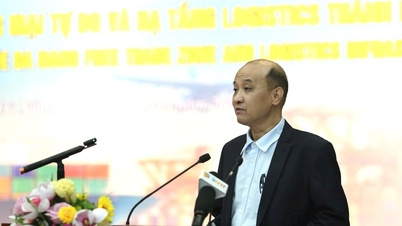

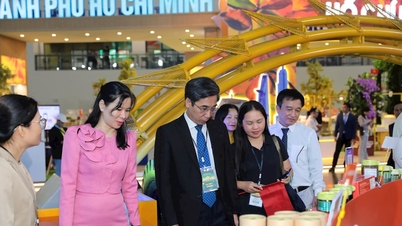
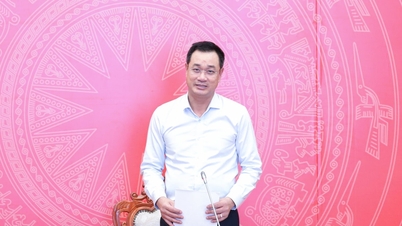
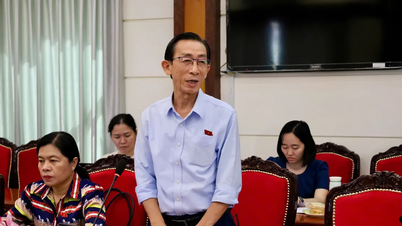


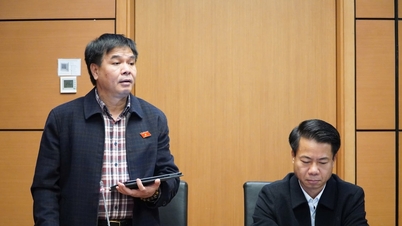



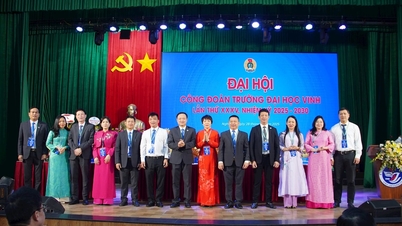

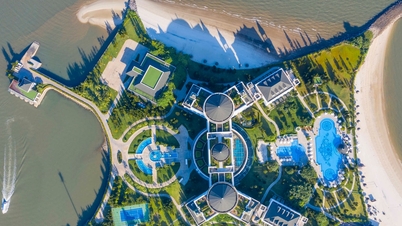
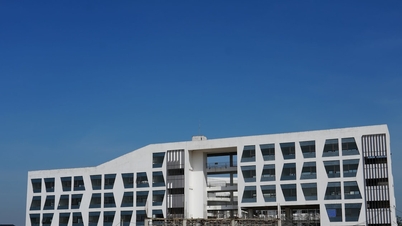





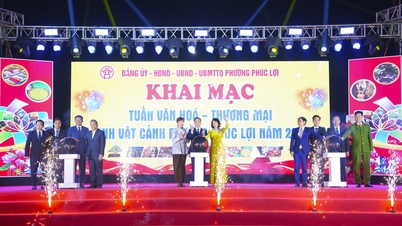
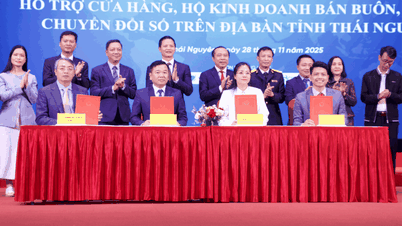

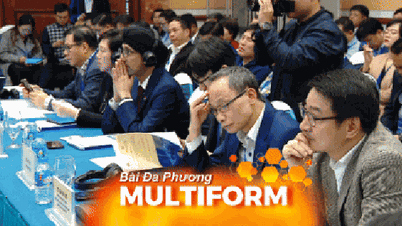
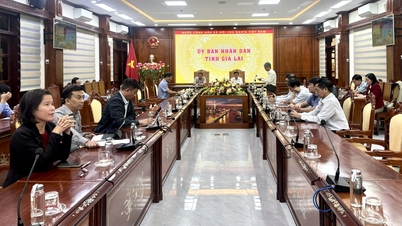

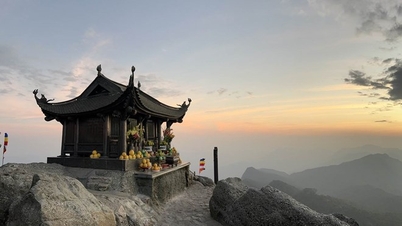

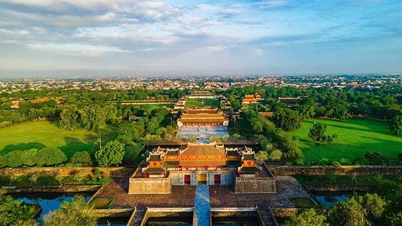

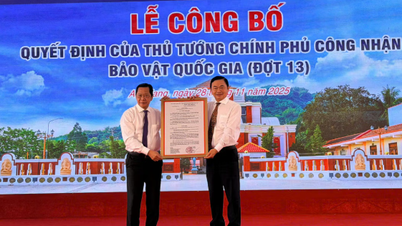

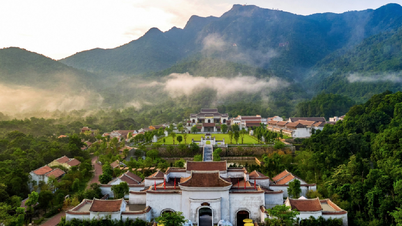

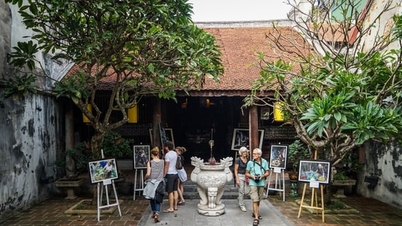

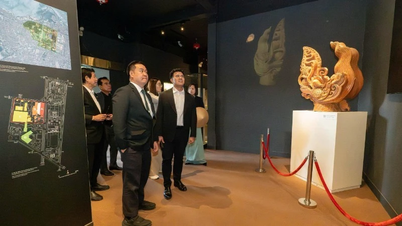





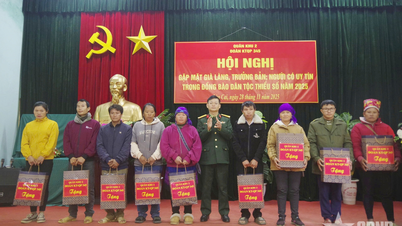

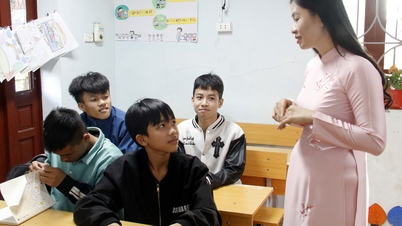

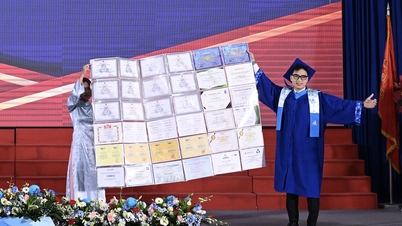

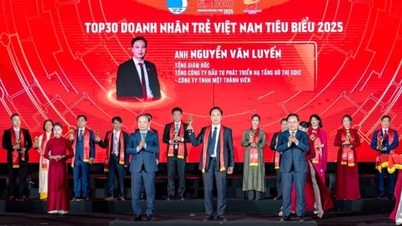







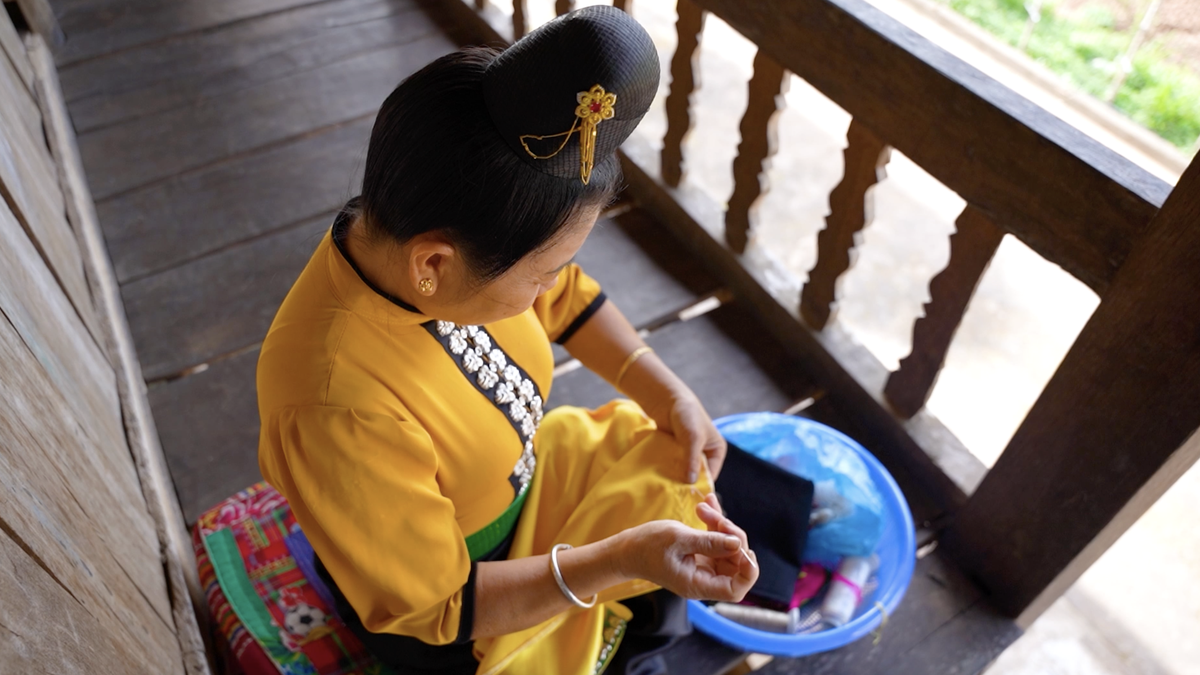


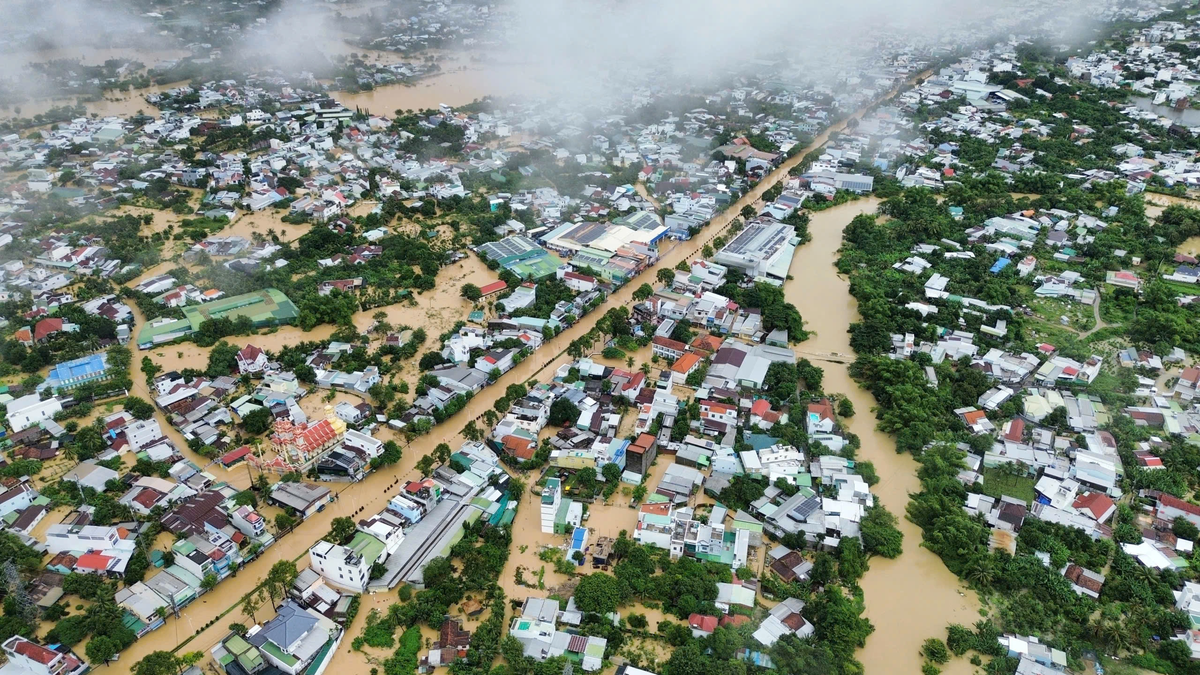
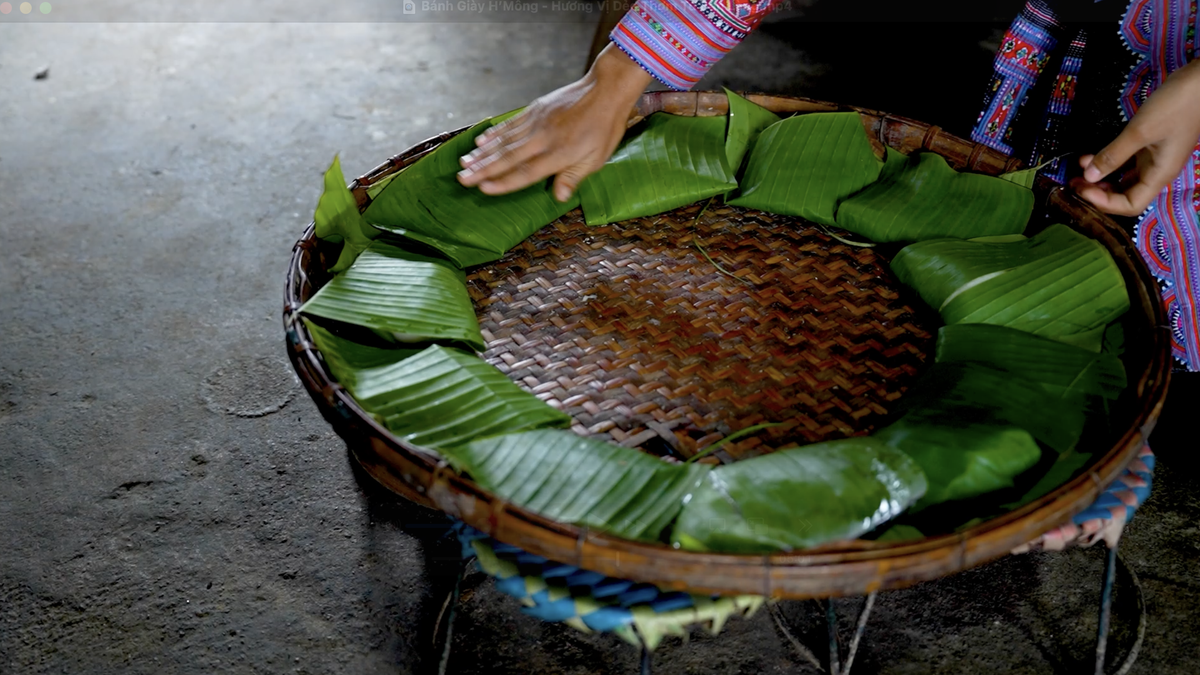



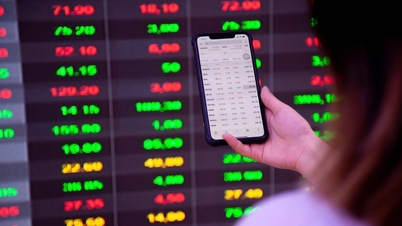
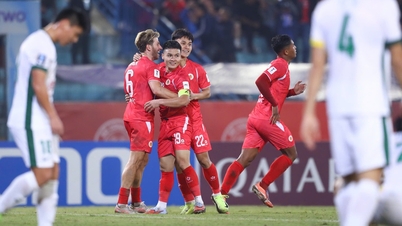
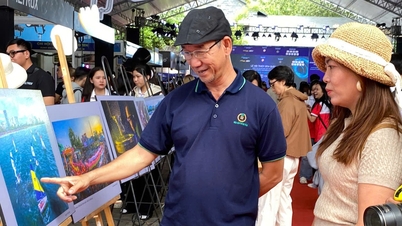
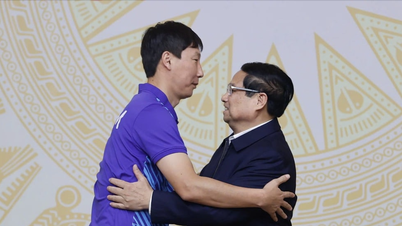
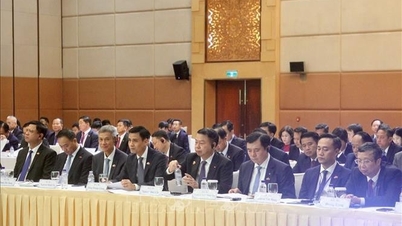

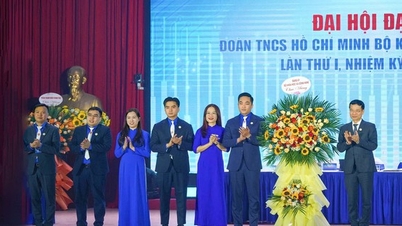

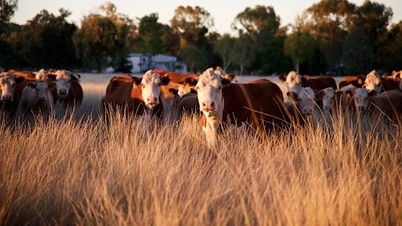


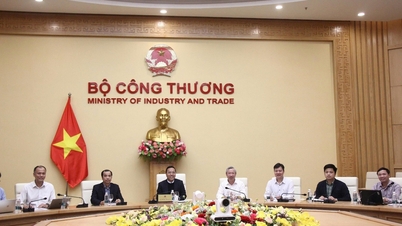

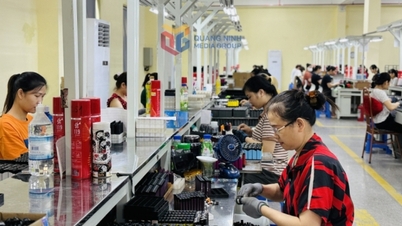



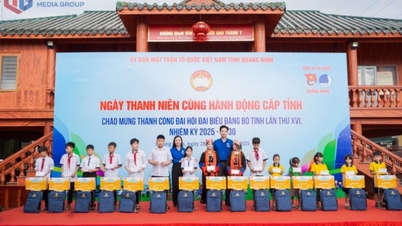
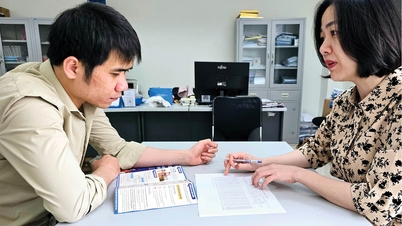

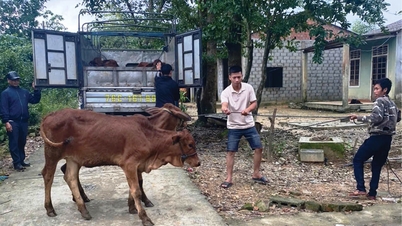



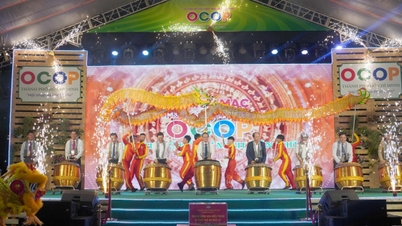

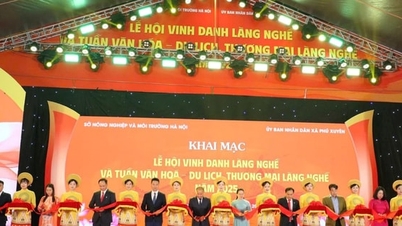

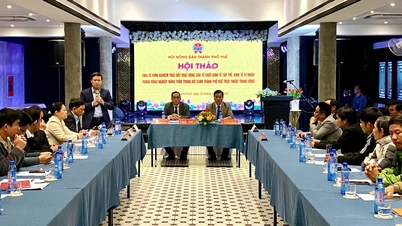


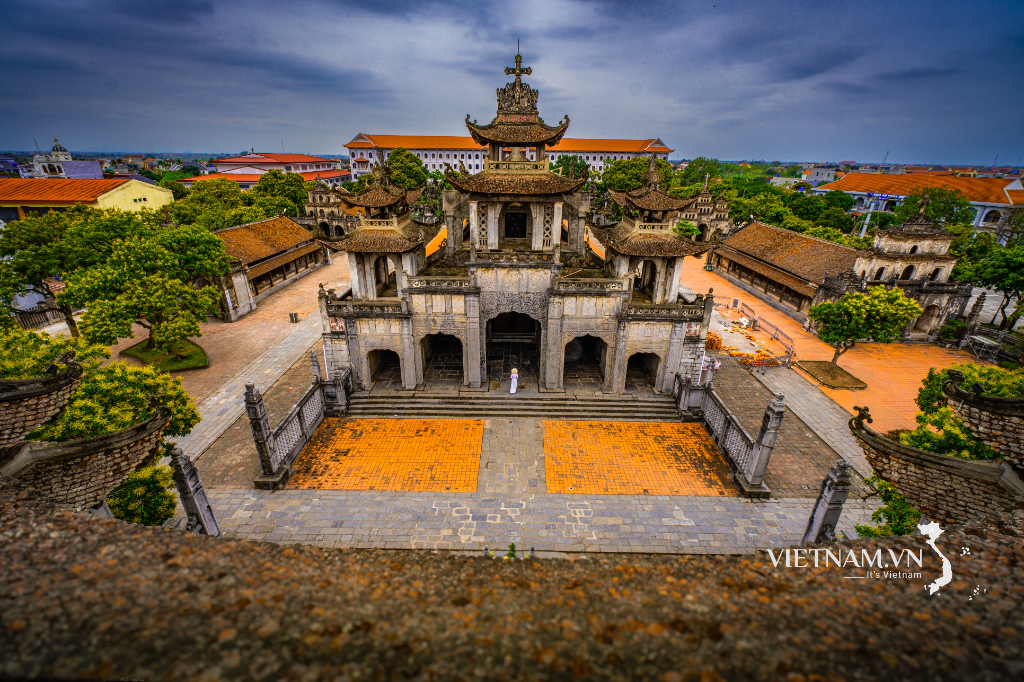


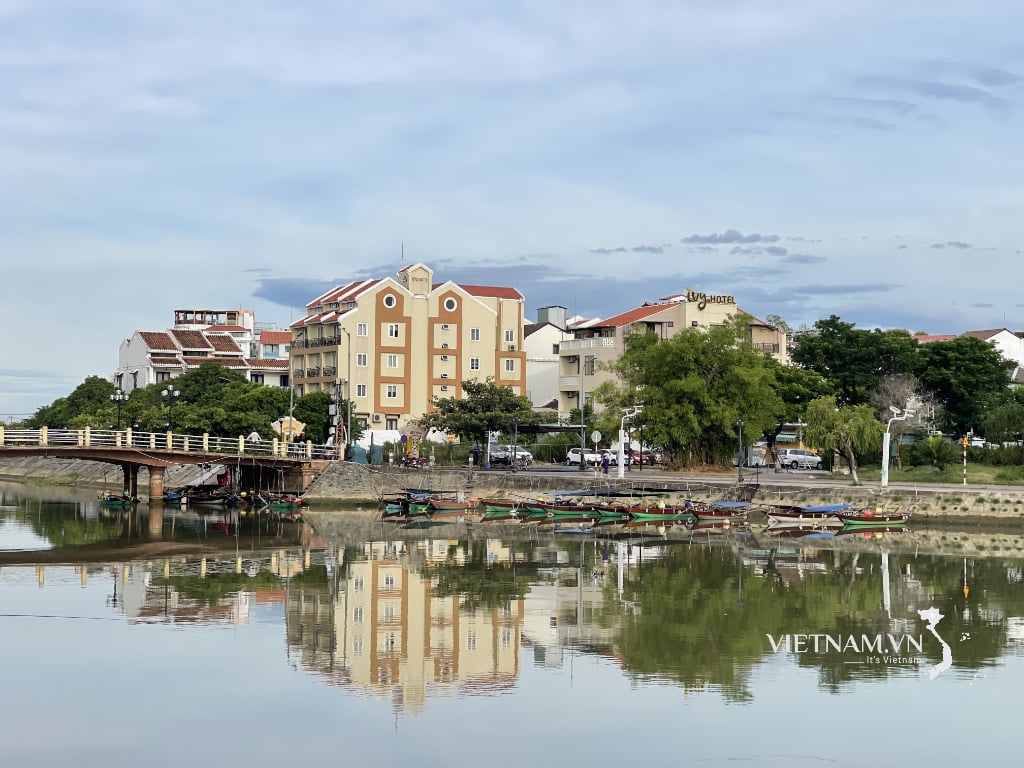
Comment (0)